This article was co-authored by Lyssandra Guerra and by wikiHow staff writer, Amber Crain. Lyssandra Guerra is a Certified Nutrition & Wellness Consultant and the Founder of Native Palms Nutrition based in Oakland, California. She has over five years of nutrition coaching experience and specializes in providing support to overcome digestive issues, food sensitivities, sugar cravings, and other related dilemmas. She received her holistic nutrition certification from the Bauman College: Holistic Nutrition and Culinary Arts in 2014.
There are 13 references cited in this article, which can be found at the bottom of the page.
This article has been viewed 26,631 times.
According to a 2020 review conducted in the Cureus Journal of Medical Science, there is some evidence that the keto diet may help you lose weight.[1] Clean keto can be tough to follow because there are strict rules about food quality and where it comes from. Dirty keto is a little easier because it allows you to eat any foods you want as long as you stick the fat to protein to carb ratio. If you want to try keto but the clean approach seems intimidating, give dirty keto a try! You may not want to do dirty keto in the long-term because it isn't super healthy, but it can be a great way to lose weight before switching to a healthier diet in the long run.
Steps
Reaching Ketosis
-
1Limit your daily carbs to less than 50 g per day. Slashing the number of carbs you eat every day is the foundation of keto whether you’re doing it clean or dirty. To stay under 50 g of carbs daily, cut starches, bread, grains, and sugars from your diet. Carbs should make up no more than 5-10% of your daily calories.[2]
- Keto is a low-carb high-fat diet. The goal of keto is to put your body into a state called “ketosis” which forces your body to use fat as its primary energy source, rather than burning carbs and sugar for energy.[3]
- Other common carbs include baked goods, sweets, pasta, breakfast cereals, starchy vegetables like potatoes, beans, most fruit, and beer.[4]
-
2Make sure 70-80% of your daily caloric intake comes from fats. Eating fat is important because ketosis forces your body to use fat as its main energy source. Fat basically replaces carbs as your body’s fuel. Clean keto has a lot of rules about the type and quality of the fat you eat, but dirty keto is more relaxed. Pretty much any kind of fat is fair game. Meat, butter, and bacon? Yes, please![5]
- The exact number of grams you consume depends on your weight, height, gender, and activity level. Use an online keto calculator to help you figure out exactly how much you need. For example, try https://calculo.io/keto-calculator.
- Dirty keto is a little controversial because it doesn’t focus on healthy food options. You’ll lose weight in the short-term, but over time you might run into issues like high cholesterol.[6]
- Even if you're not strict about it, it's still best to include healthy fats in your diet, such as avocados, olive oil, and almonds.[7]
Advertisement -
3Adjust your diet so that 10-20% of your calories come from protein. Keto isn’t a high protein diet, so don’t go overboard with how much protein you eat every day. Protein should only make up about 10-20% of your caloric intake. If you eat too much, your body turns the excess into sugar, which is basically a carbohydrate.[8]
- Use an online keto calculator to determine exactly how many grams of protein you need to eat every day: https://calculo.io/keto-calculator.
- For dirty keto, get most of your protein from animal sources like beef, pork, chicken, and turkey.
-
4Be ready for a few temporary symptoms known as the "keto flu." Keto flu isn’t actually a contagious virus, don’t worry. It’s just the name for the group of symptoms most people experience in the first 1-2 weeks of doing keto. Nausea, fatigue, headache, foggy brain, irritability, difficulty sleeping, and constipation are the most common symptoms.[9]
- Keto flu usually passes after a week or so, so hang in there and ride it out!
- In the long-run, you may find that following a keto diet actually gives you energy and helps improve your focus.[10]
-
5Use blood or urine test strips to measure the ketone levels in your body. To figure out if you’ve reached ketosis, use a test to measure your ketones. Urine and blood testing strips are available online and in many drug stores. Urine tests are cheaper, but blood tests are more accurate.[11]
- The recommended range for ketosis is 1.5 to 3.0 mmol/l.
- You might test your ketone levels weekly when you're first starting out. Once you get the hang of keto, you only need to test yourself occasionally to make sure you're on track.
-
6Allow occasional cheat meals if you do dirty keto. Going over your carb allowance kicks you out of ketosis, but dirty keto does make room for occasional cheat days and slip-ups. If you can’t resist the cravings, allow yourself to indulge without guilt. It’s important to get right back on your diet, though! The goal of keto is to maintain ketosis.[12]
- Remember: if you cheat and eat carbs, you have to start your diet again to regain ketosis.[13]
- Cheat days and cheat meals aren't allowed in clean keto.
Choosing Keto-Friendly Foods
-
1Prioritize the carb/fat/protein ratio every time you make a food choice. Dirty keto provides wiggle room when it comes to your actual food options, but properly balancing the number of carbs, fat, and protein you eat every day is non-negotiable for both clean and dirty keto. Remember, 5-10% of your daily calories can come from carbs, 70-80% should come from fats, and proteins should make up that final 10-20%.[14]
- Use an online keto calculator to figure out exactly how many grams you need for each food group.
- A keto app can make it easier for you to track your carbs, fat, and protein every day.[15]
-
2Eat keto-approved packaged or processed foods in moderation. In clean keto, these types of foods are a big no-no. Thankfully, dirty keto is a little more relaxed and much more convenient! Keep in mind that prepackaged and processed foods aren‘t good for your long-term health, though.[16] Enjoy foods like:
- Plain cheeseburgers without the bun
- Artificial sweeteners
- Processed oils and proteins
- Low-carb snack foods, like potato or tortilla chips and cookies
- Pork rinds and beef jerky
- Watch out for bloating and inflammation since prepackaged/processed foods tend to be high in sodium.[17]
-
3Consume your daily fat grams by eating any high-fat foods you want. Eating enough fat every day is important because your body is using that fat as fuel. Dirty keto doesn't have any restrictions on where you get your fat grams. Butter, margarine, vegetable oil, vegetable shortening, full-fat dairy, and nuts are all on the menu. As long as 70-80% of your daily calories are coming from fat, you’re in the zone![18]
- It’s important to work some healthy options in there, too. Healthy sources recommended for clean keto include olive oil, ghee, coconut oil, nuts, nuts, seeds, and avocados.
-
4Get protein from high-quality sources but don’t stress over it. Dirty keto allows any kind of protein you want. Protein is only 10-20% of your diet, though, so don’t stress too much over making perfect choices as long as you meet your daily requirement. Pretty much any kind of poultry, dairy, red meat, lunch meat, jerky, fish, and eggs is fair game on dirty keto.[19]
- Consider including healthier protein options in your diet occasionally. "Clean" protein includes organic poultry, dairy, meat, salmon, and eggs produced without hormones or antibiotics. Ideally, meat is minimally processed and ethically sourced.[20]
-
5Try to incorporate some high-fiber veggies every day on dirty keto. If a diet without any vegetables at all sounds too good to be true, that’s because it is! Even if you're doing dirty keto, you still need to eat some vegetables so that you get plenty of nutrients and fiber. High-fiber veggies like broccoli, cauliflower, kale, romaine lettuce, and asparagus are the most nutrient-dense options, so aim for those.[21]
- Cooking veggies in butter or adding a little cheese on top can make them more palatable and help you meet your daily fat and protein requirements.
- Small portions of strawberries, blackberries, and raspberries are also approved for dirty keto if you want a fruit fix.
-
6Eat foods to replenish your electrolyte levels every day. Low-carb diets, including both clean and dirty keto, deplete your body of 4 important electrolytes: sodium, potassium, magnesium, and calcium. It's important to eat low-carb foods that are high in electrolytes to rebalance your levels and avoid feeling fatigued and ill.[22]
- Sprinkle pink Himalayan salt on your food to replenish your sodium.
- Salmon, nuts, avocados, leafy green veggies, and mushrooms are high in potassium.
- Eat calcium-dense foods like dark leafy greens, broccoli, salmon, and sardines.
- Replenish magnesium by eating leafy greens, dark chocolate, pumpkin seeds, Swiss chard, and nuts.
-
7Drink plenty of liquids to stay hydrated on dirty keto. Keto can make you dehydrated, so fluid intake is important. Juices and sodas are off the table, even if you're doing dirty keto, because they have carbs and sugar. The best choices are water, herbal tea, and green vegetable juice.[23]
- Occasionally drinking chai or coffee drinks made with coconut milk and sugar-free syrup is fine for dirty keto.[24]
Expert Q&A
Did you know you can get expert answers for this article?
Unlock expert answers by supporting wikiHow
-
QuestionWhat is a ketogenic diet?
 Lyssandra GuerraLyssandra Guerra is a Certified Nutrition & Wellness Consultant and the Founder of Native Palms Nutrition based in Oakland, California. She has over five years of nutrition coaching experience and specializes in providing support to overcome digestive issues, food sensitivities, sugar cravings, and other related dilemmas. She received her holistic nutrition certification from the Bauman College: Holistic Nutrition and Culinary Arts in 2014.
Lyssandra GuerraLyssandra Guerra is a Certified Nutrition & Wellness Consultant and the Founder of Native Palms Nutrition based in Oakland, California. She has over five years of nutrition coaching experience and specializes in providing support to overcome digestive issues, food sensitivities, sugar cravings, and other related dilemmas. She received her holistic nutrition certification from the Bauman College: Holistic Nutrition and Culinary Arts in 2014.
Certified Nutrition & Wellness Consultant
-
QuestionWhat kinds of fat should I be eating?
 Lyssandra GuerraLyssandra Guerra is a Certified Nutrition & Wellness Consultant and the Founder of Native Palms Nutrition based in Oakland, California. She has over five years of nutrition coaching experience and specializes in providing support to overcome digestive issues, food sensitivities, sugar cravings, and other related dilemmas. She received her holistic nutrition certification from the Bauman College: Holistic Nutrition and Culinary Arts in 2014.
Lyssandra GuerraLyssandra Guerra is a Certified Nutrition & Wellness Consultant and the Founder of Native Palms Nutrition based in Oakland, California. She has over five years of nutrition coaching experience and specializes in providing support to overcome digestive issues, food sensitivities, sugar cravings, and other related dilemmas. She received her holistic nutrition certification from the Bauman College: Holistic Nutrition and Culinary Arts in 2014.
Certified Nutrition & Wellness Consultant
Warnings
- Most experts don’t recommend dirty keto as a permanent diet solution because it isn't healthy enough and the long-term effects aren't well understood. Use it to lose weight in the short-term or work with a dietician to ensure you're meeting your nutrition requirements.[25]⧼thumbs_response⧽
References
- ↑ https://www.ncbi.nlm.nih.gov/pmc/articles/PMC7480775/
- ↑ https://www.hsph.harvard.edu/nutritionsource/healthy-weight/diet-reviews/ketogenic-diet/
- ↑ Lyssandra Guerra. Certified Nutrition & Wellness Consultant. Expert Interview. 25 March 2020.
- ↑ https://www.mayoclinic.org/is-the-keto-diet-for-you-a-mayo-expert-weighs-in/art-20457595
- ↑ https://www.hsph.harvard.edu/nutritionsource/healthy-weight/diet-reviews/ketogenic-diet/
- ↑ https://health.usnews.com/wellness/compare-diets/articles/dirty-keto-vs-clean-keto-what-is-the-difference
- ↑ Lyssandra Guerra. Certified Nutrition & Wellness Consultant. Expert Interview. 25 March 2020.
- ↑ https://www.hsph.harvard.edu/nutritionsource/healthy-weight/diet-reviews/ketogenic-diet/
- ↑ https://www.health.harvard.edu/blog/what-is-keto-flu-2018101815052
- ↑ Lyssandra Guerra. Certified Nutrition & Wellness Consultant. Expert Interview. 25 March 2020.
- ↑ https://www.diabetes.co.uk/keto/measuring-ketosis-on-a-keto-diet.html
- ↑ https://health.usnews.com/wellness/compare-diets/articles/dirty-keto-vs-clean-keto-what-is-the-difference
- ↑ https://www.shape.com/healthy-eating/diet-tips/common-keto-diet-mistakes-misinterpretations
- ↑ https://www.hsph.harvard.edu/nutritionsource/healthy-weight/diet-reviews/ketogenic-diet/
- ↑ https://www.menshealth.com/nutrition/g24433653/keto-diet-apps/
- ↑ https://health.usnews.com/wellness/compare-diets/articles/dirty-keto-vs-clean-keto-what-is-the-difference
- ↑ https://blog.metagenics.com/post/2019/01/07/clean-vs-dirty-keto/
- ↑ https://www.hsph.harvard.edu/nutritionsource/healthy-weight/diet-reviews/ketogenic-diet/
- ↑ https://www.shape.com/healthy-eating/diet-tips/dirty-keto-vs-clean-keto-foods
- ↑ https://health.usnews.com/health-news/blogs/eat-run/articles/what-is-clean-eating
- ↑ https://www.hsph.harvard.edu/nutritionsource/healthy-weight/diet-reviews/ketogenic-diet/
- ↑ https://perfectketo.com/keto-electrolytes/
- ↑ https://www.shape.com/healthy-eating/diet-tips/dirty-keto-vs-clean-keto-foods
- ↑ https://health.usnews.com/wellness/compare-diets/articles/dirty-keto-vs-clean-keto-what-is-the-difference
- ↑ https://www.hsph.harvard.edu/nutritionsource/healthy-weight/diet-reviews/ketogenic-diet/
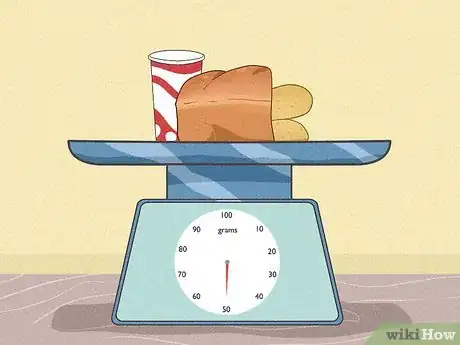

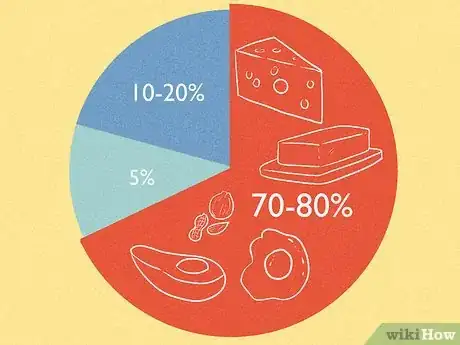
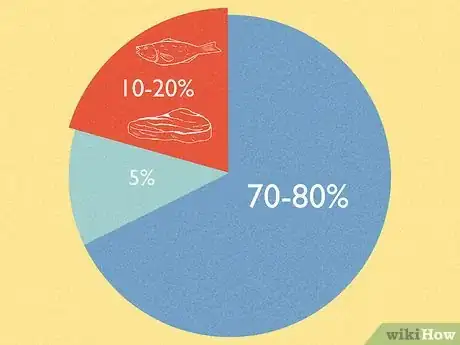
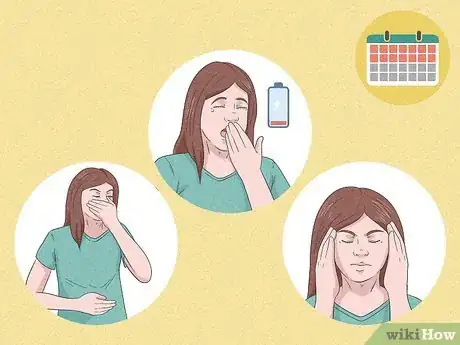
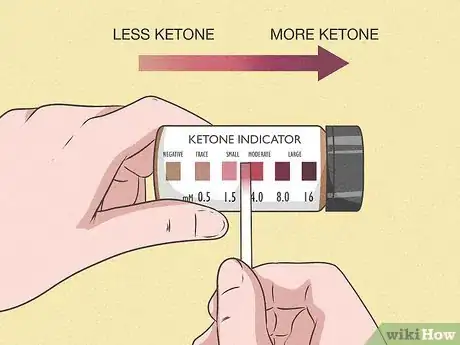
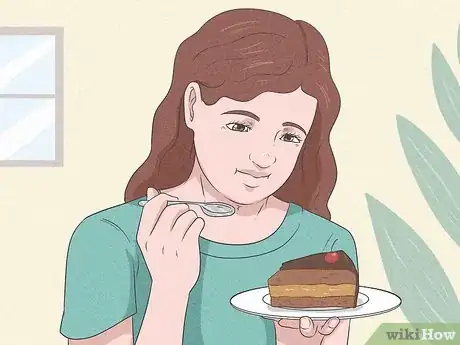

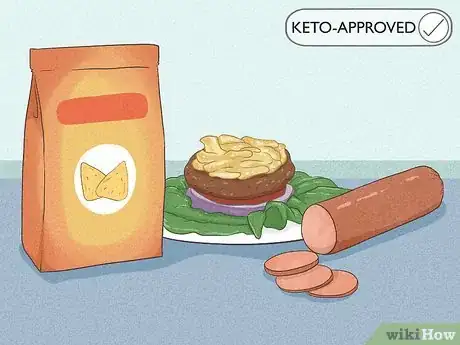
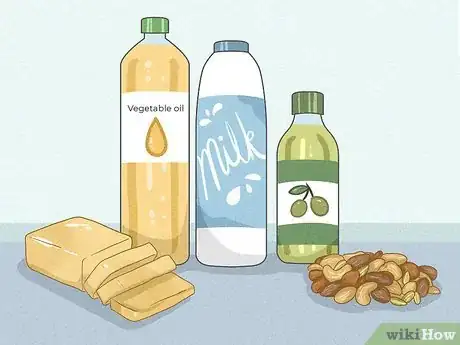
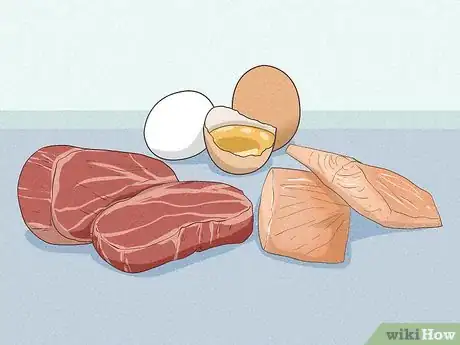
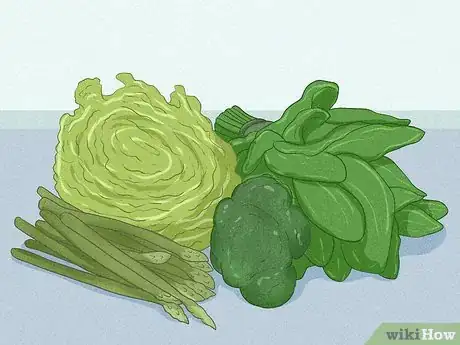
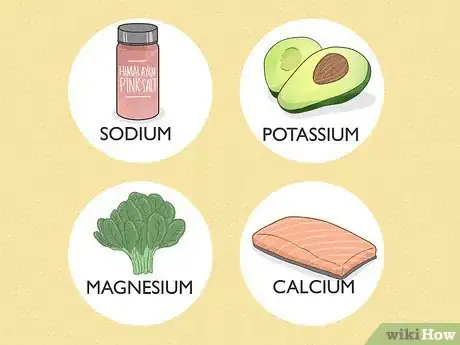



-Step-3-Version-3.webp)


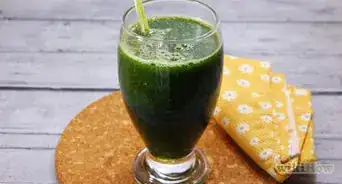

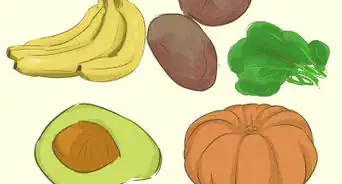




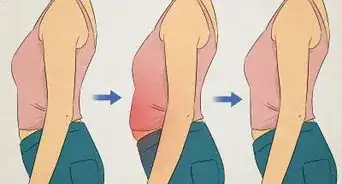









-Step-3-Version-3.webp)


































